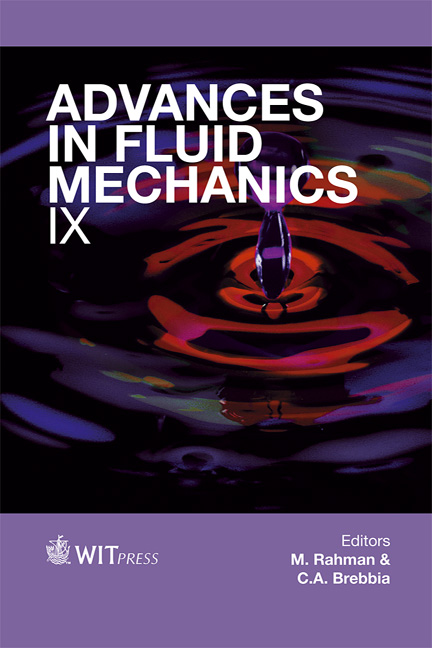Application Of Statistical Methods In Human Airway Flow Analysis
Price
Free (open access)
Transaction
Volume
74
Pages
13
Page Range
571 - 583
Published
2012
Size
537 kb
Paper DOI
10.2495/AFM120491
Copyright
WIT Press
Author(s)
F. Lizal, M. Fusek, J. Jedelsky & M. Jicha
Abstract
Understanding of the air flow in human airways is the cornerstone for targeted delivery of a medication to the lungs. Direct in-vivo measurement in lungs is complicated; therefore in-vitro measurements in human lung models are frequently performed employing optical measurement methods. Irregularly sampled data acquired by Phase Doppler Anemometry in various locations of a model of human lungs for different breathing conditions were statistically processed to facilitate comparison and influence of diverse factors on the lung airflow. Tests based on signs of differences, Kendall’s rank correlation coefficient test and Spearman’s rank correlation coefficient test were used to detect a linear trend between the samples, while a median test of randomness and a turning point test were used to detect differences of a periodical nature. The presented statistical tools allow detection of inter-cycle variability in velocity course as well as evaluation of the influence of breathing pattern change or gradual flow development in an airway. Application of the above mentioned methods on our data confirmed the essential influence of lung geometry on flow profiles and revealed remarkable flow behaviour in the main bronchi. Usability of the statistical tools is not limited to measurements in human lung models, but can be extended to any flow measurements, for comparison of irregularly and regularly sampled data and also for comparison of numerical simulations with experiments. Keywords: flow analysis, human airways, lung flow, statistical analysis, airflow measurement.
Keywords
flow analysis, human airways, lung flow, statistical analysis, airflow measurement.





